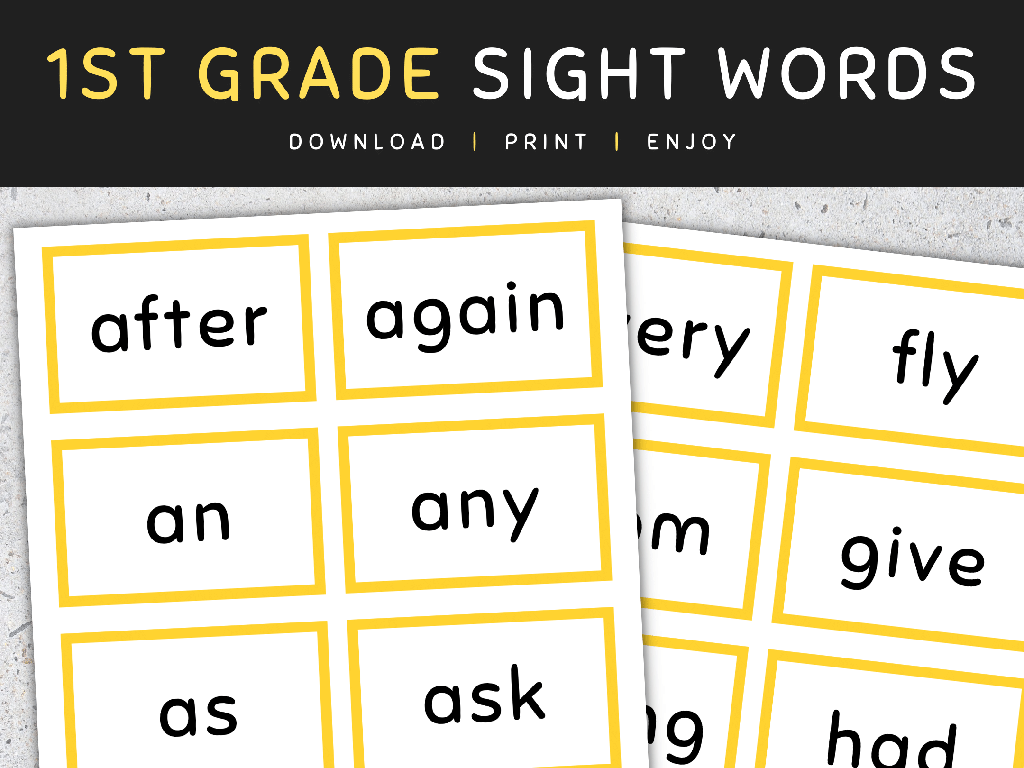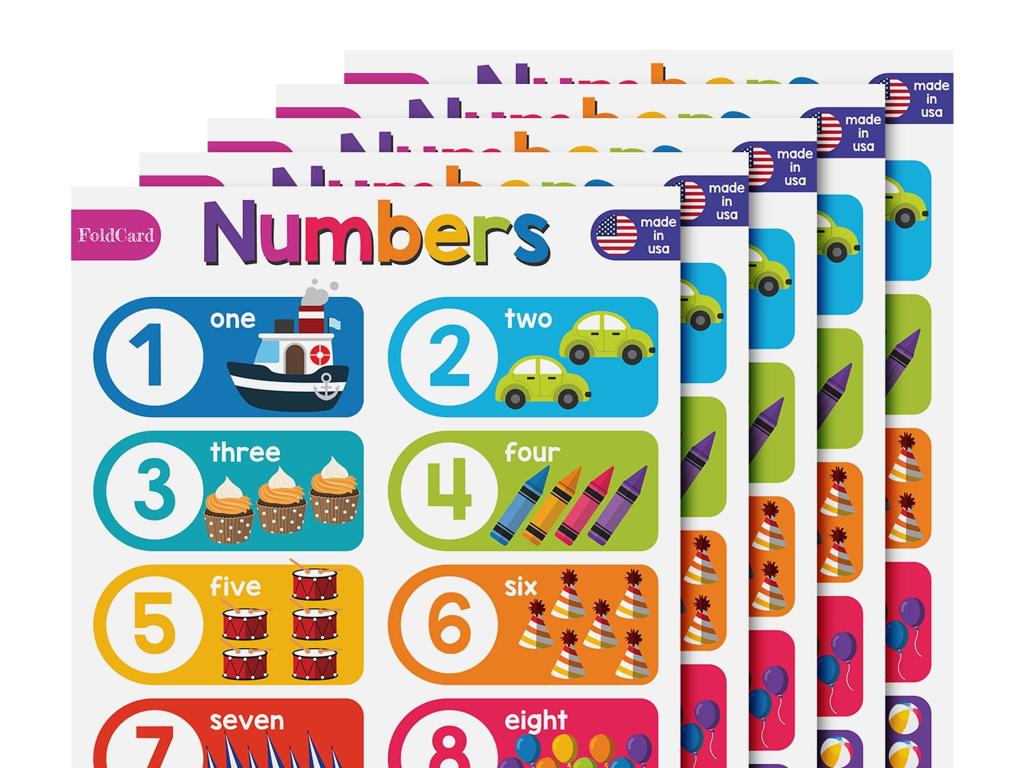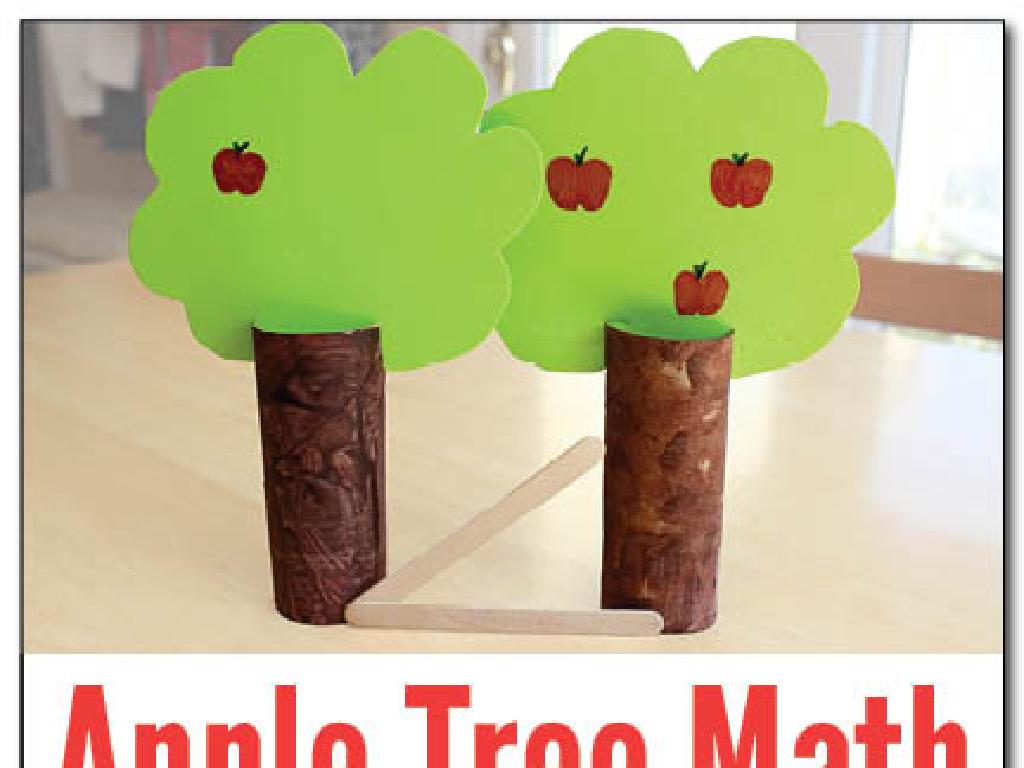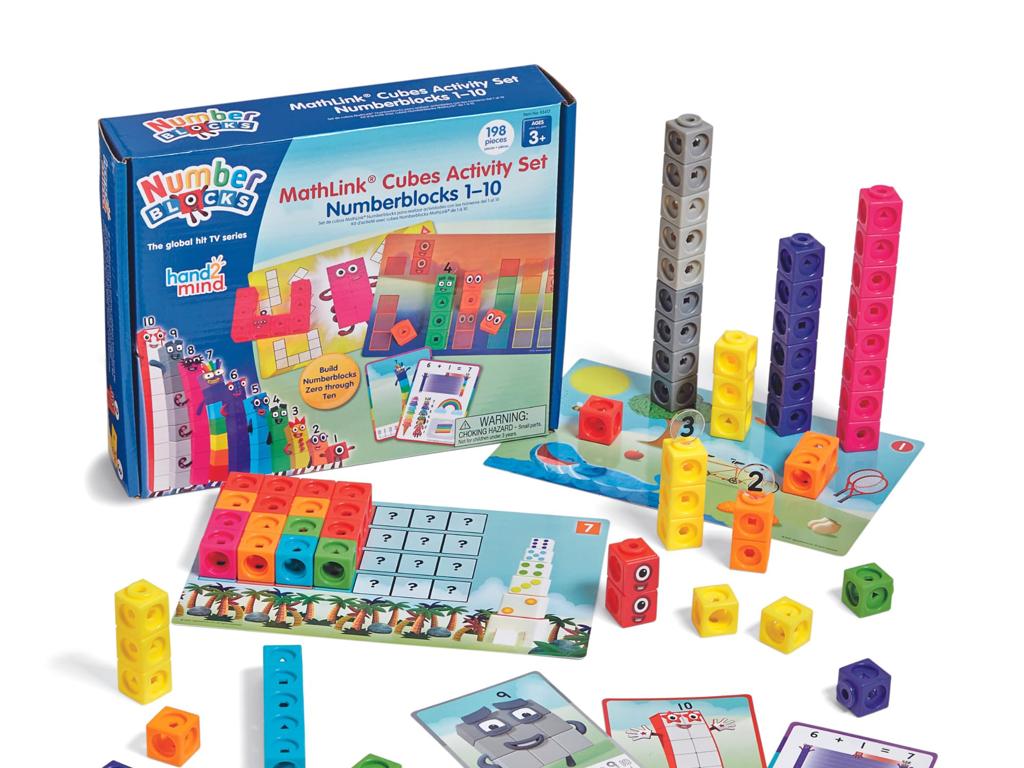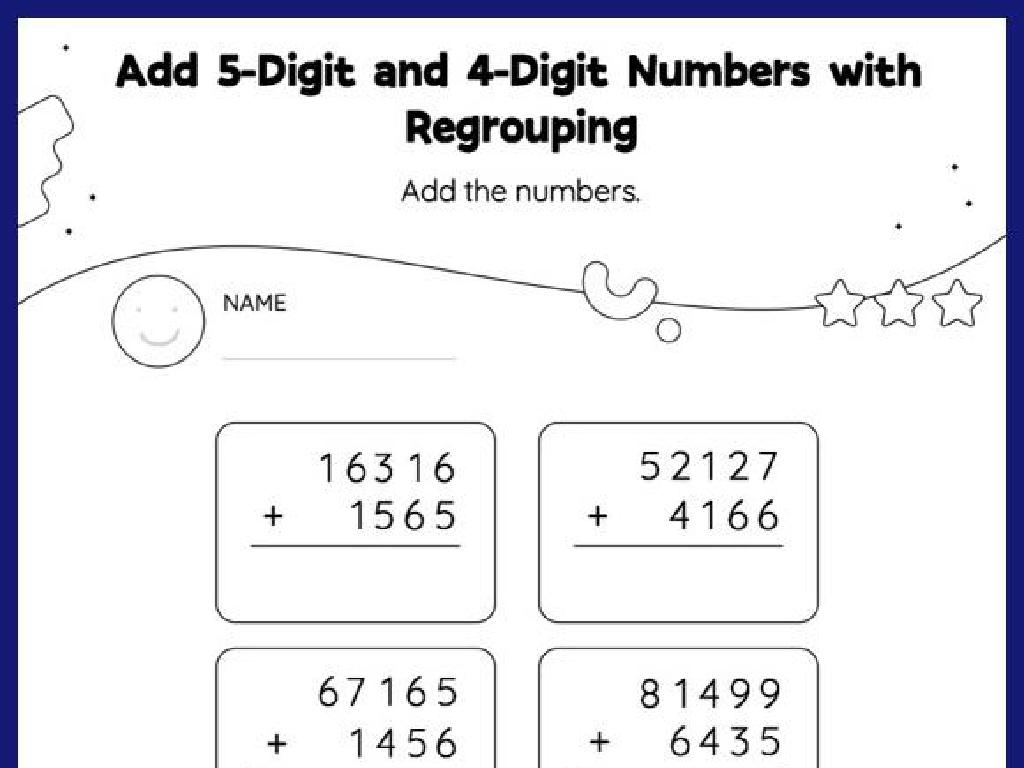Form And Use Plurals: Review
Subject: Language arts
Grade: Fifth grade
Topic: Nouns
Please LOG IN to download the presentation. Access is available to registered users only.
View More Content
Welcome to Nouns and Plurals!
– Greeting and topic introduction
– Why plurals matter
– Plurals help us talk about more than one thing
– Learning objectives
– We’ll learn rules for regular and irregular plurals
– Engaging class activities
– Activities include games and worksheets
|
Begin the class with a warm welcome and introduce the topic of nouns and their plural forms. Emphasize the importance of understanding plurals as they are fundamental to constructing clear and correct sentences, especially when discussing quantity. Outline the learning objectives, which should include recognizing and forming regular and irregular plural nouns, and understanding exceptions to the rules. Plan for a mix of instructional methods and interactive activities to cater to different learning styles. Activities may include plural rules games, group discussions, and worksheets to practice forming plurals. Ensure to provide examples and non-examples to clarify concepts.
Exploring Nouns: The Building Blocks of Language
– Definition of a noun
– A noun is a word for a person, place, thing, or idea.
– Examples of different nouns
– Person: teacher, Place: school, Thing: book, Idea: freedom.
– Identify nouns around you
– Look around the classroom or at home for nouns.
– Engage with nouns in daily life
|
Begin the lesson by defining a noun to the students, ensuring they understand that it can be a person, place, thing, or idea. Provide clear examples for each category to solidify their understanding. Then, engage the students by asking them to look around their immediate environment, whether it’s the classroom or their home if they’re learning remotely, and identify nouns they see. This activity will help them apply the concept of nouns to their everyday life, reinforcing the lesson. Encourage them to think creatively and share their findings with the class.
Singular vs. Plural Nouns
– Singular vs. plural noun concept
– Singular means one; plural means more than one.
– ‘s’ or ‘es’ makes plurals
– Most nouns become plural by adding ‘s’ or ‘es’.
– Irregular plural forms
– Some nouns don’t follow the rule, like ‘mouse’ to ‘mice’.
– Practice with examples
– Let’s turn ‘cat’ into ‘cats’ and ‘bus’ into ‘buses’.
|
Begin by explaining that singular nouns refer to one item, while plural nouns refer to more than one. Emphasize that in most cases, simply adding ‘s’ or ‘es’ to the end of a noun makes it plural, such as ‘dog’ to ‘dogs’ and ‘witch’ to ‘witches’. However, some nouns have irregular plural forms that do not follow this pattern, such as ‘child’ to ‘children’ and ‘foot’ to ‘feet’. Provide a list of common irregular plural nouns for the students to memorize. Encourage students to come up with their own examples and to practice converting singular nouns to plural forms, both regular and irregular, to reinforce their understanding.
Regular Plural Forms
– Add ‘s’ to make nouns plural
– Use ‘es’ for nouns ending in ‘s’, ‘x’, ‘z’, ‘ch’, ‘sh’
– Examples: bus – buses, fox – foxes
– Discuss why ‘bus’ becomes ‘buses’ and ‘fox’ becomes ‘foxes’
– Practice forming plurals with different nouns
– Students will list plurals for nouns like ‘brush’, ‘church’, ‘quiz’
|
This slide is aimed at reviewing the basic rules for forming regular plural nouns. Start by reminding students that in most cases, simply adding an ‘s’ will turn a singular noun into a plural one. However, for nouns that end in ‘s’, ‘x’, ‘z’, ‘ch’, or ‘sh’, the rule changes slightly, and we add ‘es’ instead. Provide clear examples to illustrate this point, such as ‘bus’ becoming ‘buses’ and ‘fox’ becoming ‘foxes’. Engage the class by asking them to apply these rules to form plurals of given nouns. This exercise will help reinforce their understanding and provide immediate practice of the concept.
Irregular Plural Forms
– Common irregular plurals
– man to men, mouse to mice
– Vowel changes in plurals
– foot to feet, tooth to teeth
– Words that change completely
– child to children, person to people
– Nouns that don’t change
– deer to deer, sheep to sheep
|
This slide introduces students to irregular plural forms, which are plurals that do not simply add ‘s’ or ‘es’ to the end of the word. Start by explaining that while most nouns follow a regular pattern to become plural, some nouns have unique changes. Highlight how some nouns change their vowels, some change the entire word, and some remain the same in both singular and plural form. Provide students with a list of examples for each category and then engage them in an activity where they convert singular nouns to their irregular plural forms. This practice will help solidify their understanding of irregular plurals and prepare them for more advanced language arts skills.
Plural Nouns in Sentences
– Using plural nouns in sentences
– Plurals often end in ‘s’ or ‘es’, like ‘dogs’ or ‘buses’
– Matching verbs with plural nouns
– Verbs must agree in number with the noun. For example, ‘Dogs bark’ not ‘Dogs barks’
– Identify plurals in example sentences
– Find and underline plural nouns and their verbs in sentences
– Practice subject-verb agreement
|
This slide aims to teach students how to correctly use plural nouns within the context of a sentence and ensure that the verbs agree with the plural nouns. Start by explaining that plural nouns indicate more than one of something and often end in ‘s’ or ‘es’. Emphasize the importance of subject-verb agreement by showing that verbs must match the plurality of the nouns they describe. Provide clear examples on the board and ask students to identify the plural nouns and corresponding verbs. For practice, have students create their own sentences using plural nouns and ensure the verbs agree. This exercise will reinforce their understanding of noun-verb agreement and improve their sentence construction skills.
Let’s Practice Plurals Together!
– Engage with a class activity
– Play a game to form plurals
– Like ‘Singular & Plural Pictionary’ or ‘Plural Race’
– Use worksheets for practice
– Worksheets with singular to plural exercises
– Explain your answers
– Share reasoning behind plural forms used
|
This slide introduces a collaborative class activity designed to review and practice the formation of plural nouns. Start with an engaging group activity such as ‘Singular & Plural Pictionary’ where students draw and guess words in both singular and plural forms, or ‘Plural Race’ where students compete to write plural forms on the board. Provide worksheets with a mix of regular and irregular noun transformations to reinforce learning. Encourage students to explain their answers to foster understanding of the rules and exceptions in forming plurals. This will help them articulate the reasoning behind the plural forms and aid in retention. Be prepared with a variety of activities to cater to different learning styles and keep the session dynamic and interactive.
Class Activity: Plural Scavenger Hunt
– Organize a scavenger hunt
– Write singular and plural forms
– Find a pencil, write ‘pencil’ and ‘pencils’
– Encourage creativity
– Think outside the box, maybe ‘leaf’ and ‘leaves’?
– Promote teamwork
– Work together to find and write down items
|
This activity is designed to be a fun and interactive way for students to practice forming and using plurals. Set up a scavenger hunt around the classroom or schoolyard with various objects. Students should work in small groups to find these items and write down both the singular and plural forms. Encourage them to think creatively, not just adding ‘s’ or ‘es’, but also looking for irregular plural forms. Promote teamwork by having students collaborate to find objects and decide on the correct pluralization. Possible variations of the activity could include a timed challenge, a competition between groups, or having students use the words in sentences after the hunt.
Plurals Review & Wrap-Up
– Recap on forming plurals
– We learned rules for making singular nouns plural, like adding ‘s’ or ‘es’.
– Share your plural discoveries
– What new plural words did you learn today? How did you form them?
– Discuss class activity insights
– How did the plural scavenger hunt help you? What did you enjoy?
– Address any lingering questions
|
As we conclude today’s lesson on plurals, start by summarizing the key rules and exceptions for forming plurals from singular nouns. Encourage students to reflect on what they’ve learned by sharing new plural words they discovered and the rules they applied. Provide feedback on the class activity, highlighting good examples and creative thinking. Finally, ensure that any questions students still have are addressed, reinforcing their understanding of the topic. This wrap-up is crucial for solidifying the concepts taught and ensuring students feel confident in using plurals correctly.

